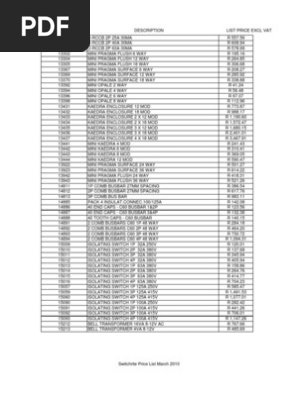100% found this document useful (1 vote)
175 views17 pagesDamp Proofing: Ivan C. Villarico
Damp proofing involves applying barriers to building walls and floors to prevent moisture from passing into interior spaces. Common methods include installing a damp proof course (DPC) made of impermeable materials below walls, and applying a damp proof membrane (DPM) under concrete slabs. Integral damp proofing adds moisture-resistant additives to concrete. Cavity wall construction separates interior and exterior walls to allow drying. Potential issues from dampness include structural damage, mold growth, and health hazards from older materials like asbestos and lead. Proper damp proofing is important for building durability and occupant health.
Uploaded by
Chin SingsonCopyright
© © All Rights Reserved
We take content rights seriously. If you suspect this is your content, claim it here.
Available Formats
Download as PPTX, PDF, TXT or read online on Scribd
100% found this document useful (1 vote)
175 views17 pagesDamp Proofing: Ivan C. Villarico
Damp proofing involves applying barriers to building walls and floors to prevent moisture from passing into interior spaces. Common methods include installing a damp proof course (DPC) made of impermeable materials below walls, and applying a damp proof membrane (DPM) under concrete slabs. Integral damp proofing adds moisture-resistant additives to concrete. Cavity wall construction separates interior and exterior walls to allow drying. Potential issues from dampness include structural damage, mold growth, and health hazards from older materials like asbestos and lead. Proper damp proofing is important for building durability and occupant health.
Uploaded by
Chin SingsonCopyright
© © All Rights Reserved
We take content rights seriously. If you suspect this is your content, claim it here.
Available Formats
Download as PPTX, PDF, TXT or read online on Scribd
/ 17




























































































